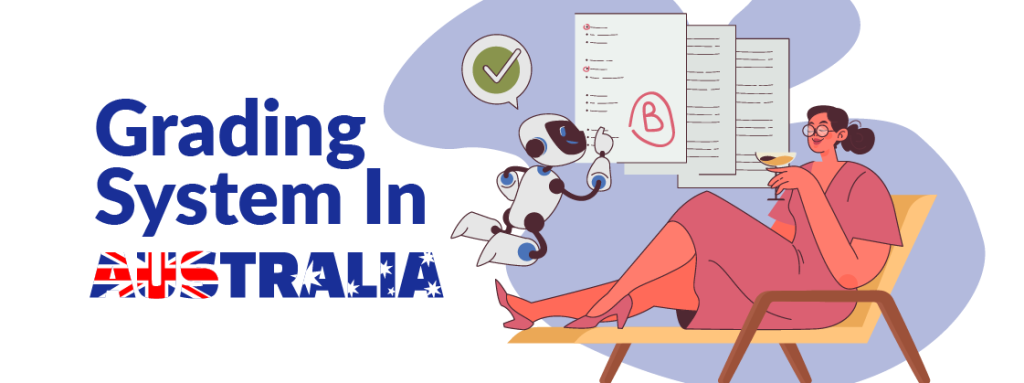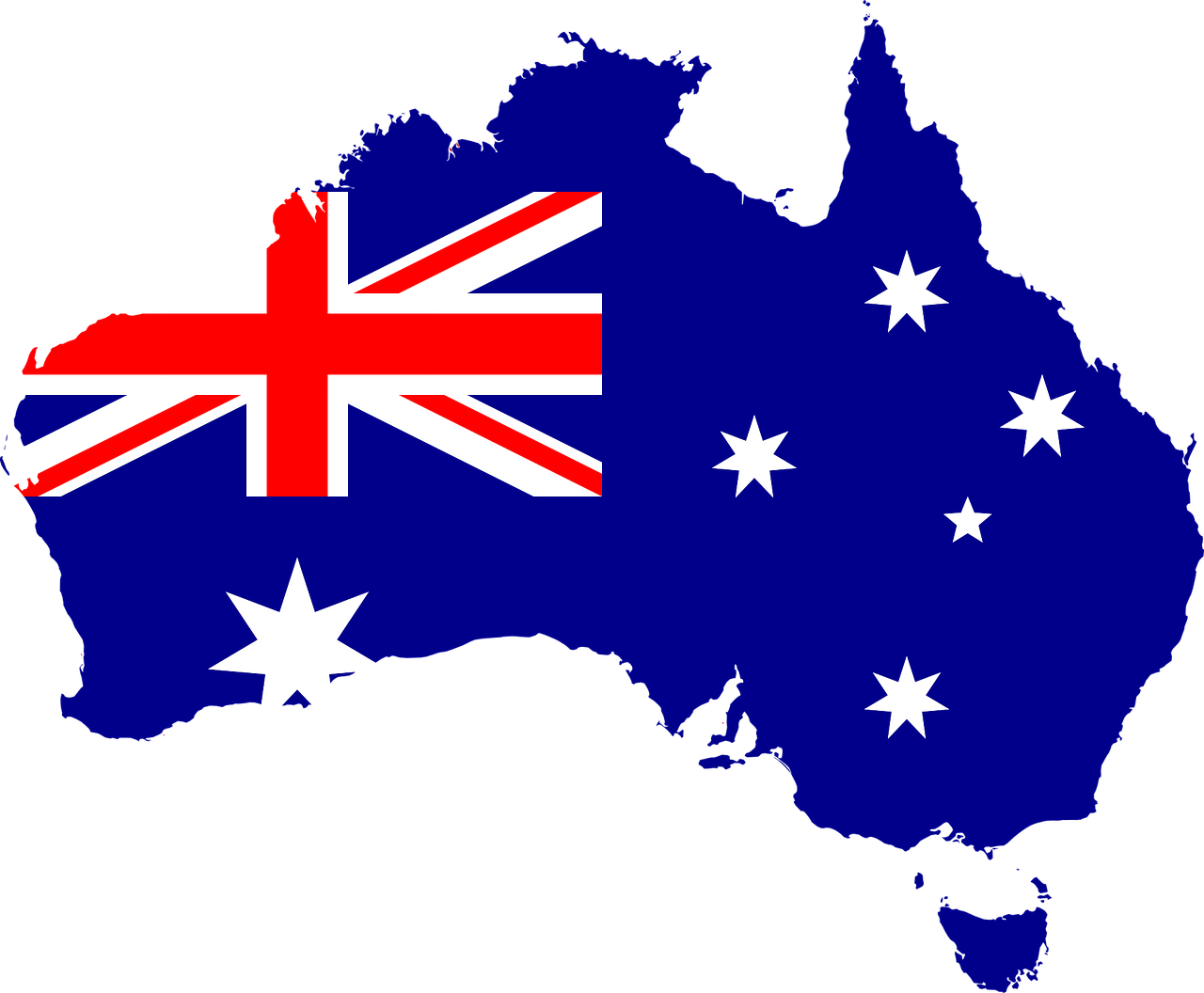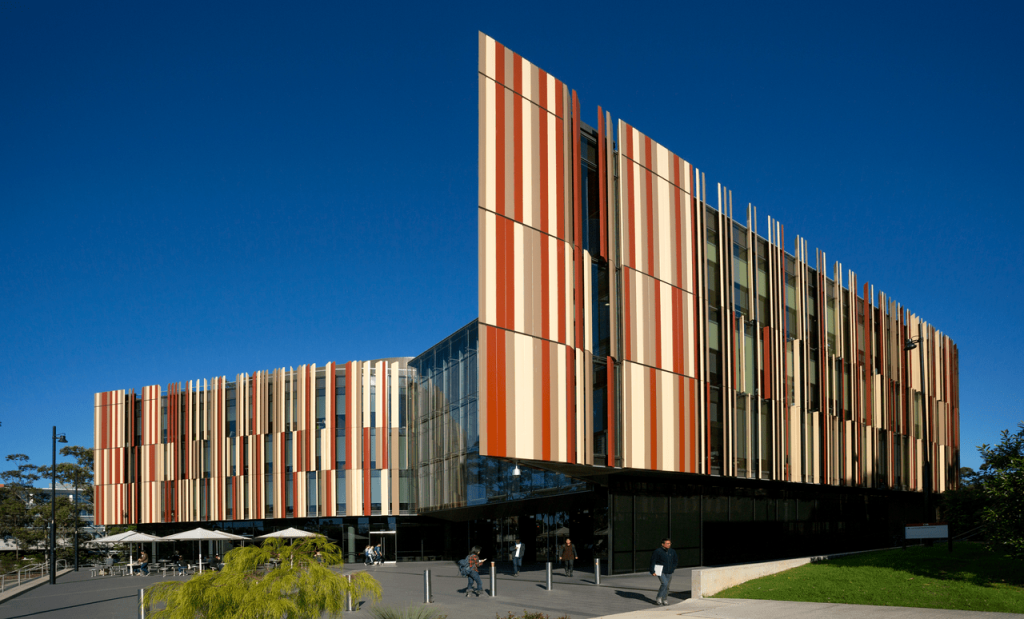
Are you an Indian student planning to study abroad in Australia?
Here’s your one-stop, no-fluff guide – packed with essential facts, updated costs, scholarships, and a clear roadmap to your Australian academic journey.
Top Australian Universities Among Indian Students (and Why)
| University Name | Why Indian Students Choose It |
|---|---|
| University of Melbourne | Group of Eight (Go8), strong in Business, Engineering, and Law |
| Australian National University (ANU) | Top QS-ranked, great for research and international relations |
| University of Sydney | Excellent for health sciences, law, and global mobility |
| UNSW Sydney | STEM, Business, and AI-focused; strong career outcomes |
| Monash University | Research-intensive; known for Pharmacy, Business, and IT |
| University of Queensland (UQ) | High employability, strong life sciences and biotech programs |
| University of Adelaide | Affordable Go8 option with engineering and health strengths |
| University of Technology Sydney (UTS) | Applied learning, design, and business integration |
| RMIT University | Strong in Design, IT, and Architecture |
| Deakin University | Industry-led business and sports science programs |
Tuition Fees To Study in Australia for Indian Students
| Degree Level | Average Fee (AUD/year) | Approx. INR (₹) |
|---|---|---|
| Undergraduate | AUD 25,000 – 45,000 | ₹13 – ₹24 lakhs |
| Postgraduate | AUD 28,000 – 50,000 | ₹15 – ₹27 lakhs |
| MBA (Top Schools) | AUD 45,000 – 90,000 | ₹25 – ₹50 lakhs |
Scholarships for Indian Students in Australia
| Scholarship Name | Offered By | Value |
|---|---|---|
| Australia Awards Scholarships | Australian Government | Full tuition, stipend, airfare |
| Destination Australia | Australian Govt. | AUD 15,000/year |
| Vice Chancellor Scholarships | Multiple Universities | 25% – 100% tuition fee waiver |
| Deakin Vice Chancellor’s Award | Deakin University | 100% tuition + support |
| UNSW International Scholarships | UNSW | AUD 5,000 – 20,000 |
| UQ Global Leaders Scholarship | UQ | 25% tuition fee |
Intake Periods & Deadlines
| Intake | Starts In | Apply By (Suggested) |
|---|---|---|
| Semester 1 | February/March | August – November (previous year) |
| Semester 2 | July | January – April |
| Trimester (selected unis) | November | May – August |
Step-by-Step Application Timeline
| Month | To-Do |
|---|---|
| Aug – Oct | Research & shortlist universities |
| Nov – Jan | Take IELTS/PTE, write SOP, collect LORs |
| Jan – Apr | Apply to chosen programs |
| Apr – Jun | Accept offer, pay deposit |
| May – Jul | Apply for student visa (subclass 500) |
| Jul – Aug | Book flights, pre-departure prep |
| Feb/Jul | Begin classes in Australia |
Language Requirements
| Test | UG Requirement | PG Requirement |
|---|---|---|
| IELTS | 6.0 overall (no band <5.5) | 6.5 overall (no band <6.0) |
| TOEFL iBT | 60–78 | 79–93 |
| PTE Academic | 50–58 | 58–64 |
Cost of Living in Australian Cities (Monthly Averages)
| City | Rent (AUD) | Food (AUD) | Transport (AUD) | Total (AUD) |
|---|---|---|---|---|
| Sydney | 800–1,200 | 300 | 150 | 1,200–1,600 |
| Melbourne | 750–1,100 | 280 | 130 | 1,100–1,500 |
| Brisbane | 600–950 | 250 | 120 | 950–1,300 |
| Adelaide | 550–900 | 230 | 100 | 900–1,200 |
| Perth | 600–950 | 240 | 110 | 950–1,300 |
Note that proof of funds required for visa is AUD 24,505/year (₹13.5L approx.)
Part-Time Work Options for Indian Students
| Work Type | Pay Range (Per Hour) | Rules |
|---|---|---|
| On-campus, hospitality, retail | AUD 20 – 30 | Up to 48 hrs/fortnight during study |
| Freelance/remote (limited) | AUD 25 – 50 | Must declare income |
| Internships | Varies | Some may be unpaid but count for credits |
Student Visa for Australia (Subclass 500)
| Type | Cost (AUD) | Processing Time |
|---|---|---|
| Subclass 500 | AUD 710 | 4 – 8 weeks |
Visa Requirements
- Confirmation of Enrolment (CoE)
- Proof of funds (~AUD 24,505/year)
- English proficiency proof
- OSHC (health insurance)
- Genuine Temporary Entrant (GTE) statement
- Passport, photos, biometrics
Post-Study Stay Back & PR Pathway
| Route | Duration | Notes |
|---|---|---|
| Temporary Graduate Visa (485) | 2–4 years | Depends on degree level and location |
| Regional Study Extension | +1–2 years | For studying in regional Australia |
| Skilled Independent Visa (189) | PR route | Based on points system (age, skills, etc.) |
| Employer-Sponsored Visa (482) | Work-to-PR path | Need job offer from Australian company |
Documents Checklist
| Category | Documents Needed |
|---|---|
| Education | Mark sheets, transcripts, IELTS/PTE |
| Identity | Passport, photos |
| Admission | CoE, offer letter, fee receipt |
| Financial | Bank statements, loan approval |
| Visa | Visa form, SOP (GTE), biometrics |
| Health | OSHC insurance, medical clearance |
Useful Links
You Might Also Like: Living Costs Sydney vs Melbourne vs Brisbane for Indian Students
Need Personalized Help to Study Abroad in Australia?
From finding the right university to maximizing scholarships, planning finances, and preparing a visa-ready SOP, Admitix is your complete partner in the Australian study abroad journey.
Book your free Admitix consult today.
FAQs – Indian Students’ Guide to Study Abroad in Australia
Q. Is Australia more affordable than the US or UK for Indian students?
Yes. With smart city choices and scholarships, Australia offers excellent ROI and lower total costs than many US/UK options.
Q. Can I stay back in Australia after completing my degree?
Yes. You can stay for 2–4 years post-study under the Temporary Graduate Visa (485).
Q. Do I need IELTS to apply for Australia?
Yes, unless exempt. Most programs and the visa require IELTS 6.0+ or equivalent.
Q. Are scholarships available for Indian UG and PG students?
Yes. Many universities offer merit-based scholarships for both UG and PG students, covering up to 100% tuition.
Q. Can I apply to Australia with backlogs?
Yes, some universities accept applications with limited backlogs, especially for PG courses. It varies by university.













